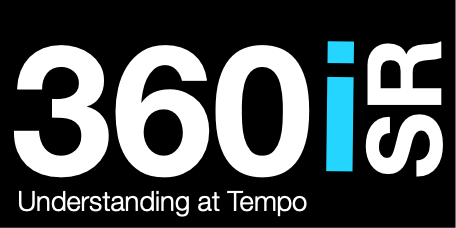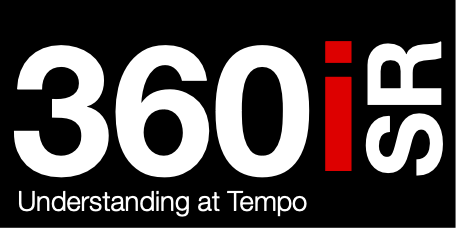The Future of ISTAR
How Does the RAF's Commander's Vision Compare to Others?
The strategic landscape of military intelligence, surveillance, and reconnaissance (ISR) operations is rapidly evolving, highlighting significant shifts in approach and technology adoption among global air forces. This blog post focuses on the current position of the Royal Air Force's (RAF) ISR capabilities, comparing them with the United States Air Force (USAF) and the Royal Netherlands Air Force (RNLAF), with a particular focus on areas where the RAF may need to enhance its efforts to remain competitive.
RAF's ISTAR Capabilities: Status and Challenges
The RAF's ISTAR capabilities, as managed from RAF Waddington, Lincolnshire, are built around sophisticated platforms like the MQ-9A Reaper, Beechcraft Shadow R1+, Boeing RC-135W Rivet Joint, and Boeing Poseidon MRA1. These platforms are integral in gathering and relaying crucial intelligence back to the UK Ministry of Defence and allied forces. However, the upcoming transition from the Reaper to the Protector RG1 suggests an incremental rather than transformative advancement, especially in terms of survivability in physically contested airspaces.
Comparison with USAF's Vision: A Digital and Data-centric Future
The USAF has outlined a visionary ISR strategy that emphasises digital modernisation and the transition to data-driven, problem-centric operations. This strategy is expected to integrate advanced technologies such as AI, machine learning, and cloud-based infrastructures into ISR operations, propelling the USAF towards a more dynamic and responsive operational capability.
RAF's Shortfalls and Opportunities
While the RAF is advancing its capabilities with new platforms and systems like the Protector, it appears to be lagging in areas of digital transformation and comprehensive integration of new technologies. The RAF's focus remains heavily on platform upgrades and less on the systemic overhaul required for modern ISR operations, as emphasised in the USAF's approach.
Comparison with RNLAF: Emphasis on Technological Integration and Personnel Development
The RNLAF's strategic vision indicates a robust commitment to integrating technology across all operational domains, significantly emphasising AI and data analytics to enhance overall capability. In contrast, the RAF's strategic documents and procurement plans show a more conservative approach towards digital integration and personnel training in new technologies.
Areas for RAF's Strategic Investment
- Given the comparative analysis, the RAF should consider bolstering its investment in several critical areas to ensure it does not fall behind its peers:
- Training of Personnel: Enhancing skills in data management and analytics to better align with digital modernisation needs.
- Investment in Processing, Exploitation, and Dissemination (PED): Expanding capabilities to match the increasing data inflows from advanced ISR platforms.
- Command and Control (C2) and ISR Divisions: Strengthening the command structures to manage more integrated and technologically advanced operations.
- Adoption and Integration of AI: Embedding AI deeper into ISR operations to enhance real-time decision-making and operational flexibility.
Conclusion
The RAF's current trajectory in ISTAR capabilities shows promising advancements in hardware and strategic deployment. However, to maintain operational effectiveness and strategic advantage, particularly in contested environments, the RAF must accelerate its digital and technological
transformation. Comparisons with the USAF and RNLAF illustrate potential pathways and pitfalls, highlighting the need for the RAF to adopt a more
integrated, technology-driven approach, especially in training, PED, and AI integration. This strategic pivot will be crucial for the RAF to meet future challenges and align with global ISR advancements effectively.




